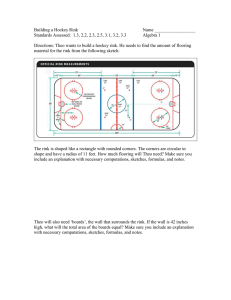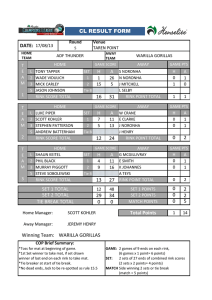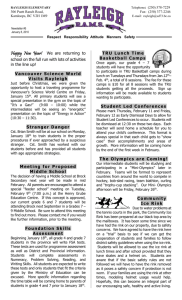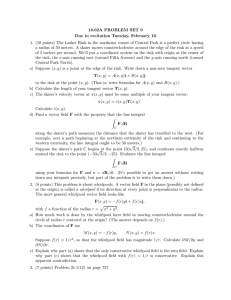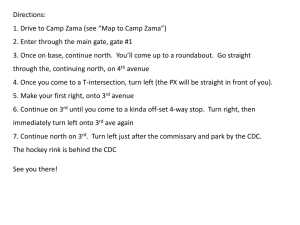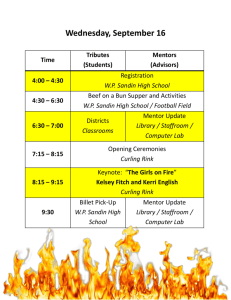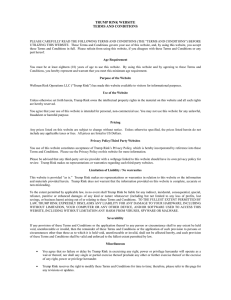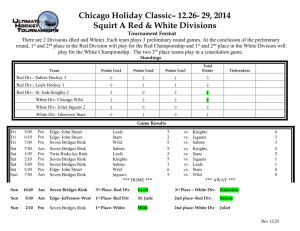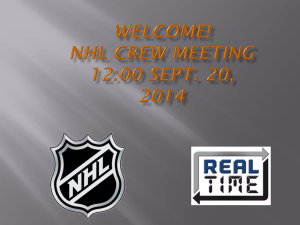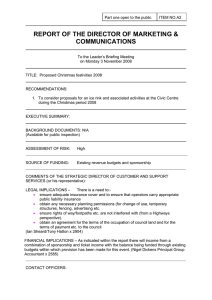Effective Teaching in Physical Education
advertisement
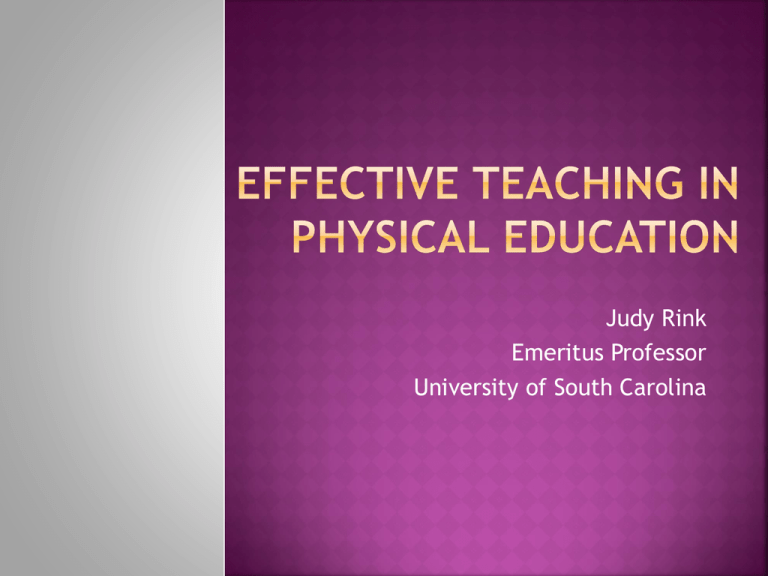
Judy Rink Emeritus Professor University of South Carolina … a change from highly qualified teachers (meaning their preparation, courses they attend and degrees that they have) to the degree to which they produce the desired student outcomes National Council on Teacher Quality [NCTQ], 2011 Systematic change in the criteria used to evaluate teachers to include student performance scores as part of required teacher evaluation programs. Explore the idea of teacher effectiveness in physical education The limitations of our knowledge base Share some potential ways in which it might be measured and how it should be measured. The short answer to the question of what is teacher effectiveness is that teachers are effective when students learn as a result of what teachers do. Given the difficulties with measuring student learning, researchers were hoping to identify a proxy for student learning: that is what do teachers do that has a high relationship with student learning? From more indirect teaching characteristics to those more consistent with direct teaching (task oriented, structured learning experiences, student activity time, clarity, active monitoring and feedback). The product measures of most of the literature in our field focused on motor skill learning with the assumption that motor skills were the unique contribution of our field. Opportunity to learn/content; Teacher expectations/role definitions/time allocations; Classroom management/student engaged time; Success level/academic learning time Active instruction by the teacher Group size; Presentation of information (structuring, sequencing, clarity, enthusiasm); Asking questions (difficulty level, cognitive level, wait-time, selecting respondents, providing feedback); and Handling seatwork and homework assignments. Brophy and Good (1984) ALT-PE- motor engaged (ALT-PE) (Silverman, Devillier, & Ramírez, 1991) Poor management skills -decreased ALT-PE. Clarity in task presentations (Werner & Rink, 1989) Content Development (Gusthart & Springings, 1989; Masser, 1985; Rink, French, Werner, Lynn, & Mays, 1992) Most of the early work done in research focused on what the teacher did. They are necessary but not sufficient because the missing links are the student and the content. The role of the student, context and content Search to both understand the teaching/learning process and to be able to identify how best to insure high levels of student engagement Shift from process-product studies to qualitative research methodologies (See for example Hemphill, Templin, Richards, & Blankenship, 2012). The student as the mediator of instruction and the processes involved in the dynamics of student (e.g., Roberts, 2001; Sun & Chen, 2010; Zhang, Solmon, Kosma, Carson, & Gu, 2011). Teacher knowledge and delivery of content (Ward, 2013) The effect of different orientations to teaching the content on student outcomes (Chen, Rovegno, Cone & Cone, 2012; French, Werner, Rink, Taylor, & Hussey,1996; Penney, Clarke, Quill, & Kinchin, 2005; Sweeting & Rink,1999). The Measures of Effective Teaching (MET) project (Gates Foundation, 2013a) Study designed to determine how to best identify and promote great teaching. The study concluded that student achievement gains and teacher observation together have the best predictive value (Gates Foundation, 2013b). Value added modeling Uses expected scores – what the student is expected to achieve Below expected score – not competent; At expected score – competent; Above expected score – super competent States and districts across the country have embraced VAM as a way to include student performance scores in teacher evaluations Recommended to be used along with student scores Framework for Teaching Evaluation Instrument (FFT) (Danielson Group, 2013). Domain Domain Domain Domain 1: Planning And Preparation 2: The Classroom Environment 3: Instruction 4: Professional Responsibility Instructional Evidence variables of student learning Management Class climate Professionalism Single snapshot of an ongoing dynamic process Focus on teacher behavior without considering content or student behavior Observers need to be trained and know the content area Minimum of 3 observations Be evaluated with standards, expectations, procedures, and rigor that parallel teachers of other curricular areas. Be observed, assessed, and evaluated by trained evaluators. Be observed multiple times during the academic year. Be observed for the entire class period, from beginning to end. Be observed and evaluated as part of a comprehensive assessment plan, which should include formal conferences, professional growth plans, etc. Be accountable for student achievement of state standards in physical education or the National Standards for Physical Education (NASPE, 2004) in the absence of state standards. (NASPE 2007) Shared vision (DeStefano & Prestine, 1999; Fullan, 1991) Making PE count Teacher Inspire Development Greater Effort Will the education community take the time or will they have the resources to do this right?
